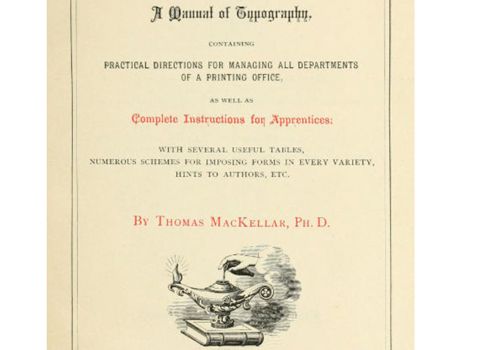Reading time: Just over 1 minute
This is my weekly installment of “writing about writing,” in which I scan the world to find websites, books and articles to help other writers. Today I discuss a typographical manual that can be found on Project Gutenberg…
I learned to type on a typesetting machine. My parents owned a struggling weekly newspaper that marked my introdu indoctrination into the world of the printed word.
In those days (the mid-1970s), many newspapers had abandoned “hot type” — a method that injects molten metal into a mold that has the shape of one or more letters. By then, they had switched to phototypesetting. In this more refined method, you typed on a machine that punched holes in roles of paper. Then, you ran the rolls through a “reader.” The reader projected images onto photographic paper, which you then developed and printed out.
As a result of my teenage experience with this esoteric art, I’m always interested when someone mentions the word typsetting. Many thanks to my reader George Mallard who recently forwarded to me a link to an 1893 typographical manual, which can be viewed on Project Gutenberg.
I enjoyed browsing through this work, which was written by Thomas MacKellar. And I learned a couple of intersting facts. Here are two of my favourites:
To avoid divisions, the early printers used vowels with a mark of abbreviation over them to denote that one or more letters were omitted in the word: e.g.co̅pose for compose, co̅pletio̅ for completion, &c. No punctuation-marks were used, except the colon and full point; but an oblique stroke (/) was after a while introduced, for which the comma was finally substituted.
I hadn’t known that early printers didn’t like to “divide” words (i.e. add hyphens) so they simply omitted letters. Fascinating! Nor was I aware that punctuation wasn’t used in the early days of print and that the first comma was actually an oblique stroke, like this: /.
I wonder what further changes the world will see in print (if it still exists) a hundred years from now?
An earlier version of this post first appeared on my blog on April 2/18.


